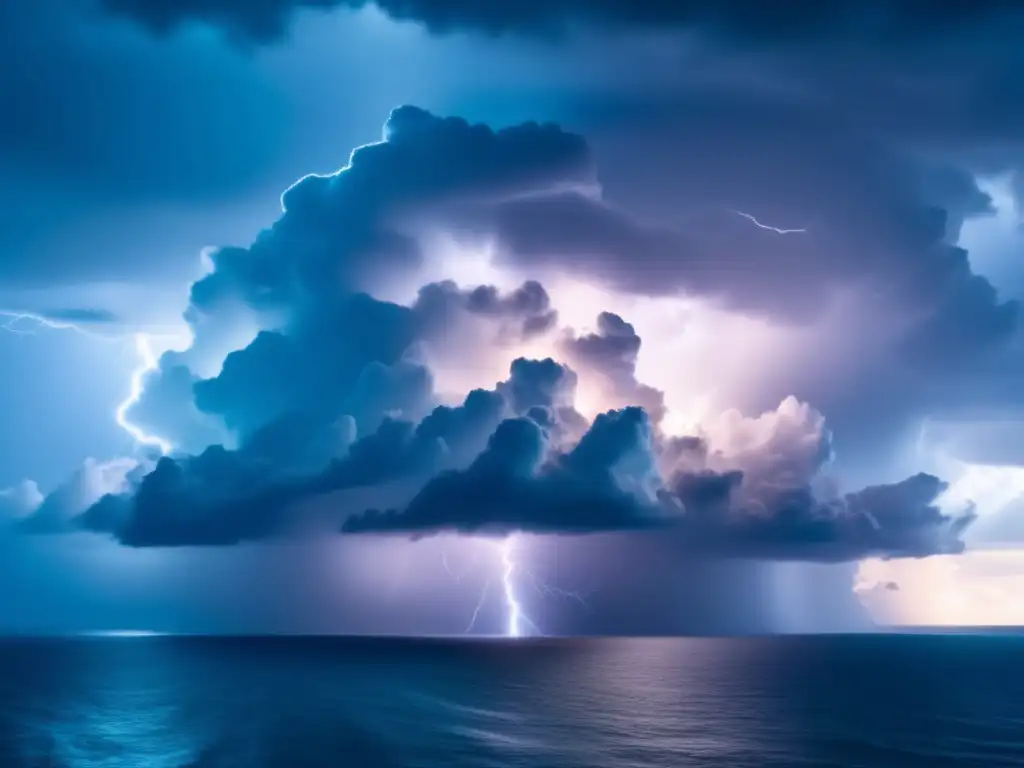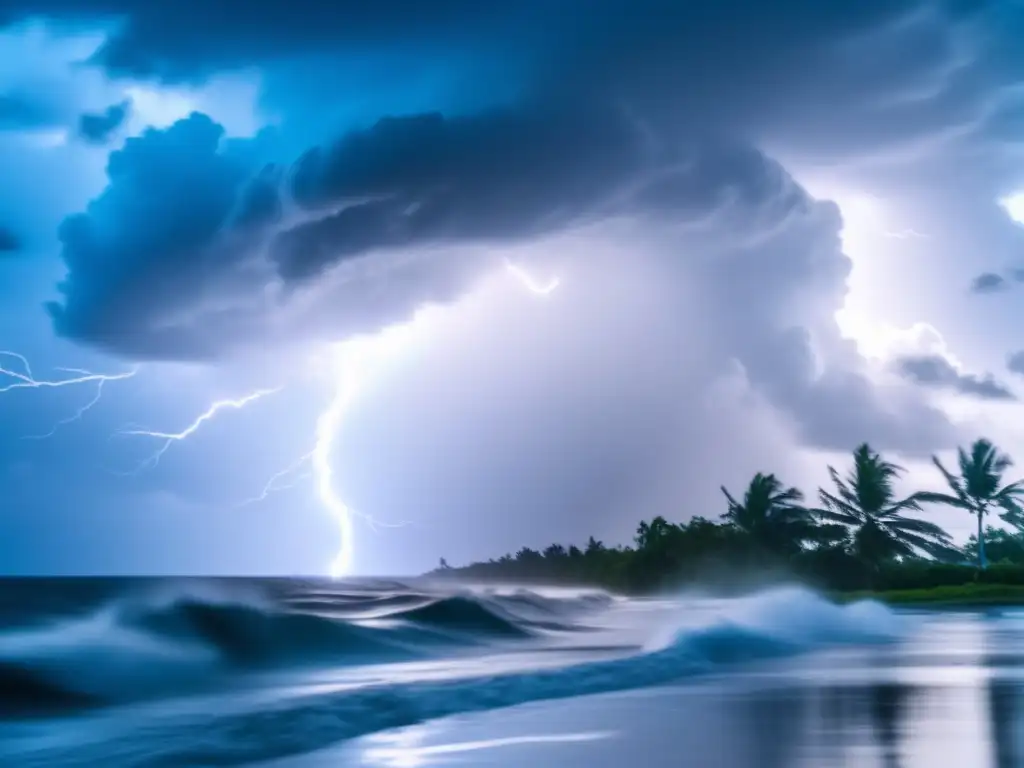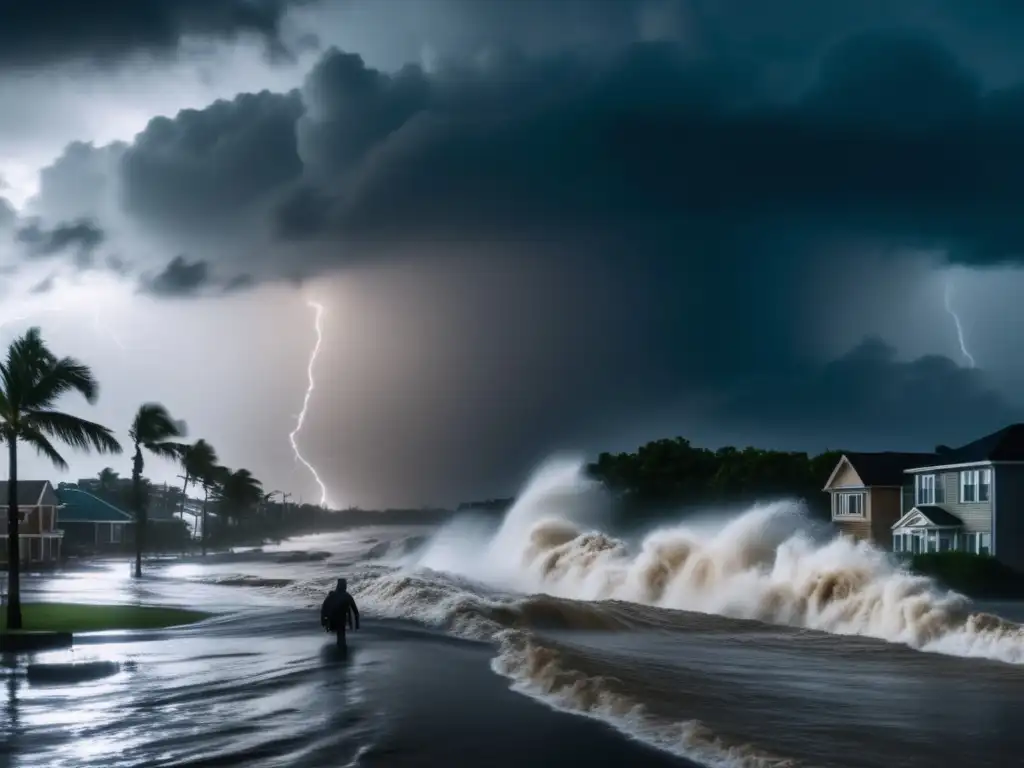The Evolution Of Hurricane Tracking Technology
The Evolution of Hurricane Tracking Technology
Introduction
When a hurricane is looming near, the more information we have, the better prepared we can be. Throughout the years, technology has greatly impacted our ability to track and predict hurricanes. In this article, we will explore the evolution of hurricane tracking technology, from the early days of simple observations to the advanced methods used today.
The Early Days of Hurricane Tracking
Observations by Mariners
In the early days, the only way to track hurricanes was through observations made by mariners at sea. They would record wind speed and direction, pressure readings, and other observations that could help forecasters understand the storm's path. This information was sent via telegraph to the Weather Bureau, which used it to create rudimentary hurricane forecasts and warnings.
Weather Bureau's Use of Aviation
In the 1940s, weather forecasting took a big leap with the use of aviation. Planes were equipped with instruments to measure temperature, pressure, and wind direction. This data was transmitted back to the Weather Bureau, improving the accuracy of hurricane forecasts.
Radar Technology
In the 1950s, radar technology emerged as a new tool for meteorologists. Doppler radar measures the speed and direction of objects in motion, and it helped forecasters understand the structure and movement of hurricanes.
Advancements in Hurricane Tracking Technology
Satellites
In the 1960s, weather satellites revolutionized hurricane tracking. Satellites provide images of the entire hurricane, showing its size and shape, as well as cloud patterns and wind speeds. This information allows forecasters to track hurricanes over large areas and assess their potential impact.
Computer Models
In the 1970s, computer models were developed to help forecasters predict the path of hurricanes. These models use complex algorithms and mathematical equations to analyze data from satellites, radar, and other sources to provide more accurate forecasts.
Dropsondes and Hurricane Hunters
In the 1980s, dropsondes were introduced. These are small, parachute-equipped instruments that are dropped from planes into the hurricane. They record temperature, pressure, and humidity at different levels within the storm, providing valuable data on its internal structure. The Hurricane Hunters, a specialized team of pilots, fly planes into hurricanes to collect similar data.
The Latest Hurricane Tracking Technology
Global Positioning System (GPS)
In recent years, GPS technology has been used to improve hurricane tracking. GPS trackers can be attached to weather balloons that are released into the atmosphere to gather data on the hurricane's path and wind speeds. GPS is also used in hurricane research to track ocean currents and weather patterns that influence hurricane intensity and movement.
Unmanned Aerial Vehicles (UAVs)
Another technological advancement in hurricane tracking is the use of unmanned aerial vehicles (UAVs) or drones. UAVs equipped with various sensors can fly into and around hurricanes, collecting data on wind speed, temperature, and air pressure. They can also provide real-time video footage of the hurricane, helping to better visualize and understand its structure and behavior.
Finally, social media and mobile apps are playing a role in hurricane tracking by providing real-time updates and information to the public. Social media platforms like Twitter and Facebook allow users to share photos, videos, and other information about the storm. Mobile apps like Hurricane Tracker and Storm Radar provide up-to-date information on the storm's path and intensity.
Frequently Asked Questions

-
How do hurricanes get their names?
Hurricanes are named by the World Meteorological Organization using a list of names that rotate every six years. The names are chosen in advance, with each name starting with a different letter of the alphabet.
-
What is the Saffir-Simpson Hurricane Wind Scale?
The Saffir-Simpson Hurricane Wind Scale is a system used to measure the strength of hurricanes. It rates hurricanes from Category 1 (74-95 mph winds) to Category 5 (over 157 mph winds).
-
How do meteorologists predict the path of a hurricane?
Meteorologists use various tools and data sources to predict the path of a hurricane, including satellite imagery, radar data, computer models, and weather balloons. They also take into account factors such as wind patterns and ocean currents.
-
What should I do to prepare for a hurricane?
If you live in a hurricane-prone area, it's important to have a plan in place for when a hurricane strikes. This includes having an emergency kit with supplies, securing your property, and following evacuation orders if necessary. For more information on hurricane preparedness, visit the Hurricane Insider website.
-
What is the difference between a hurricane, a typhoon, and a cyclone?
Hurricanes, typhoons, and cyclones are all the same weather phenomenon - a tropical cyclone. The difference in naming depends on where the storm occurs. Hurricanes occur in the Atlantic and Northeast Pacific, typhoons occur in the Northwest Pacific, and cyclones occur in the South Pacific and Indian Ocean.
Conclusion
Technology has come a long way in improving our ability to track and predict hurricanes. Today, we have access to a wealth of data and advanced tools that provide valuable information on the size, shape, and movement of hurricanes. By staying informed and prepared, we can better protect ourselves and our communities from the devastating effects of these storms.
As always, we encourage our readers to stay safe and informed during hurricane season. Don't forget to share your thoughts and experiences in the comments section below, and be sure to follow Hurricane Insider for the latest hurricane news and updates.
Additional Resources

 The Coriolis Effect: How Earth’s Rotation Influences Hurricanes
The Coriolis Effect: How Earth’s Rotation Influences Hurricanes A Timeline Of Hurricane Detection Methods
A Timeline Of Hurricane Detection Methods How Hurricanes Can Trigger Earthquakes
How Hurricanes Can Trigger EarthquakesIf you want to discover more articles similar to The Evolution Of Hurricane Tracking Technology, you can visit the Basic knowledge about hurricanes: category.
Leave a Reply

Articulos relacionados: